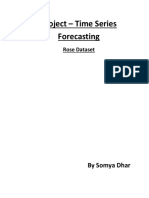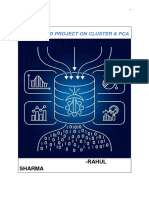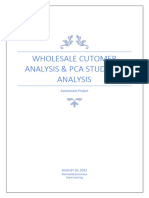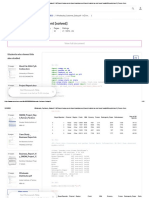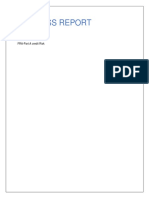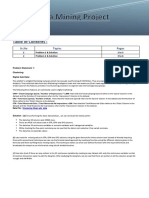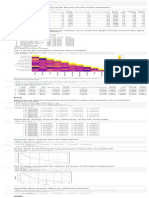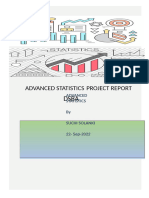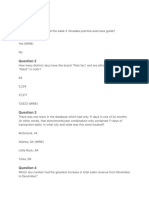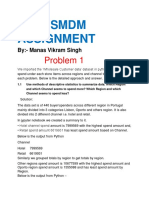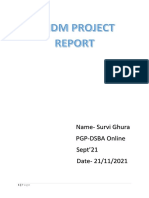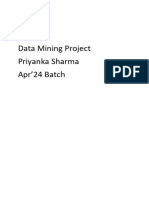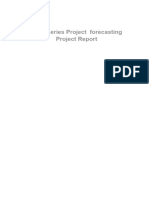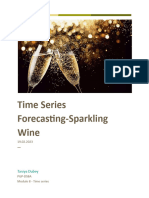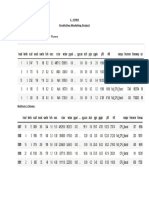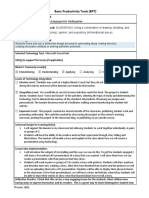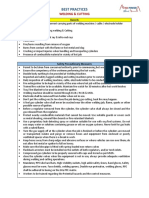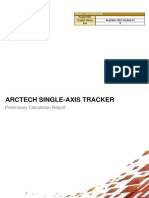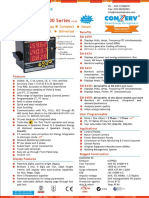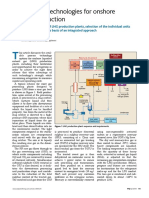100% found this document useful (1 vote)
124 views5 pagesTSF - Project
The document analyzes time series data on rose and sparkling wine sales from 1980-1995. Key steps include:
1) Reading in the data and plotting the time series to understand patterns over time.
2) Performing exploratory data analysis including descriptive statistics and boxplots to analyze trends, seasonality, and outliers.
3) Decomposing the rose sales data into trend, seasonal, and residual components to better understand the underlying patterns.
Uploaded by
Soba CCopyright
© © All Rights Reserved
We take content rights seriously. If you suspect this is your content, claim it here.
Available Formats
Download as DOCX, PDF, TXT or read online on Scribd
100% found this document useful (1 vote)
124 views5 pagesTSF - Project
The document analyzes time series data on rose and sparkling wine sales from 1980-1995. Key steps include:
1) Reading in the data and plotting the time series to understand patterns over time.
2) Performing exploratory data analysis including descriptive statistics and boxplots to analyze trends, seasonality, and outliers.
3) Decomposing the rose sales data into trend, seasonal, and residual components to better understand the underlying patterns.
Uploaded by
Soba CCopyright
© © All Rights Reserved
We take content rights seriously. If you suspect this is your content, claim it here.
Available Formats
Download as DOCX, PDF, TXT or read online on Scribd
/ 5
